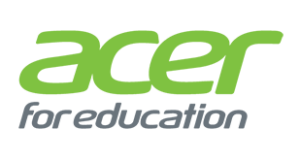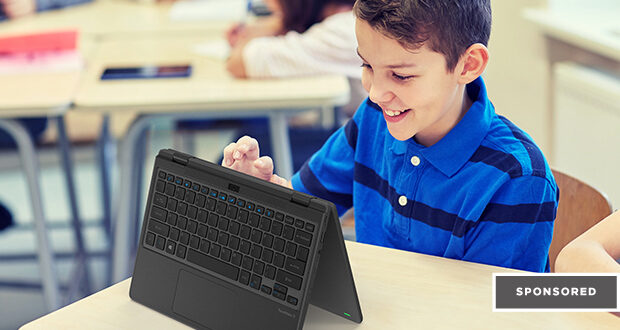Personalised learning has been a significant focus in education for some time. However, finding the right balance in addressing students' individual needs was quite challenging until a few decades ago. Advancements in technology have changed the situation, providing new opportunities to personalise learning.
About personalised learning and its importance
Personalised learning is an educational approach that empowers students by providing learning experiences tailored to each student's individual needs, interests, aspirations, strengths and skills.
With this approach, the student is at the centre of their instruction, encouraging students to take ownership of their learning and set personal goals.
Customising learning according to the individual student enhances engagement, enabling students to achieve better academic outcomes. Additionally, allowing students to learn at their own pace helps them develop a deeper understanding of the content and build connections between different topics.
Furthermore, this approach fosters the development of essential life skills such as time management, decision-making, effective communication and independent problem-solving as the student has a degree of accountability for their progress and growth.
Implement personalised learning with the help of technology
Current devices and digital tools have made it significantly easier for teachers to create meaningful, personalised learning experiences for students.
Personalised learning plans
To enable students to transition smoothly to personalised instruction, teachers should plan accordingly. For example, setting up a student-paced environment with open-ended assignments and collecting feedback along the way can help teachers easily adjust lesson plans to meet students' individual learning needs.
Freedom to create own learning goals
In a personalised learning environment, teachers can specify general objectives for the class whilst allowing students to set their own goals. Technology makes this easy, equipping students with excellent resources for various creative projects, such as word processor, presentation, and video-editing tools. As a result, students become more motivated and take greater ownership of their learning.
Instant feedback and customisation
As each student learns at their own pace in their own way, feedback is one of the most effective tools in personalised learning. With the seamless interactivity of digital communication tools, teachers can provide one-to-one support as students progress with their individual projects.
Incorporating data analytics
Data analytics is becoming increasingly important in many contexts, including the classroom. The digitalisation of data has allowed for a clearer understanding of student performance and learning styles, providing teachers insight into their progress and areas for improvement.
To learn more about data analytics for schools, click here.
Email [email protected]
 Education Review The latest in education news
Education Review The latest in education news

